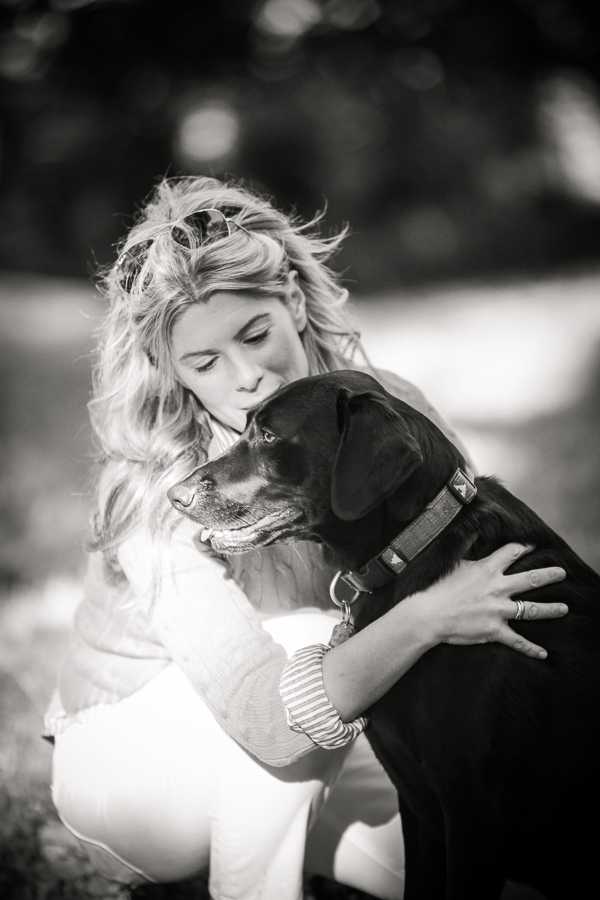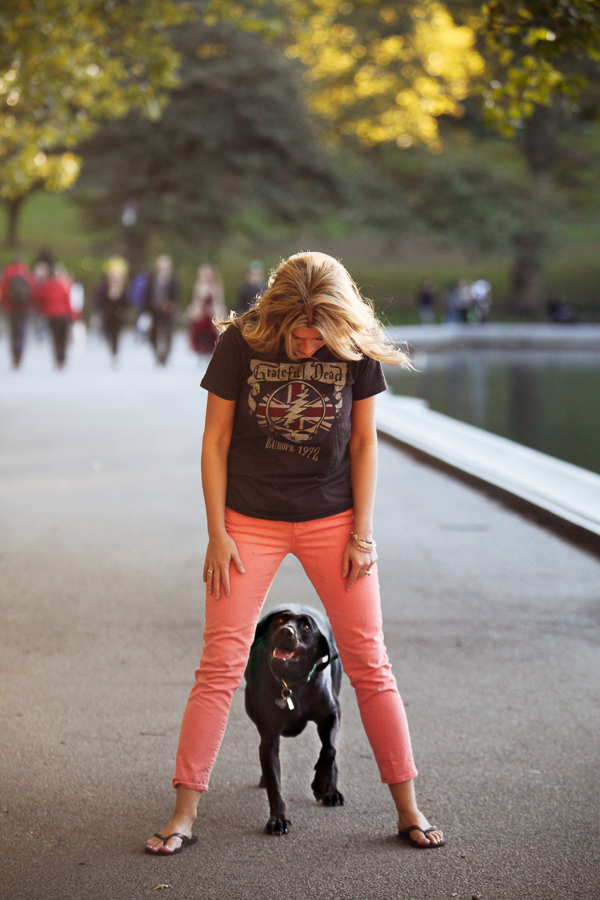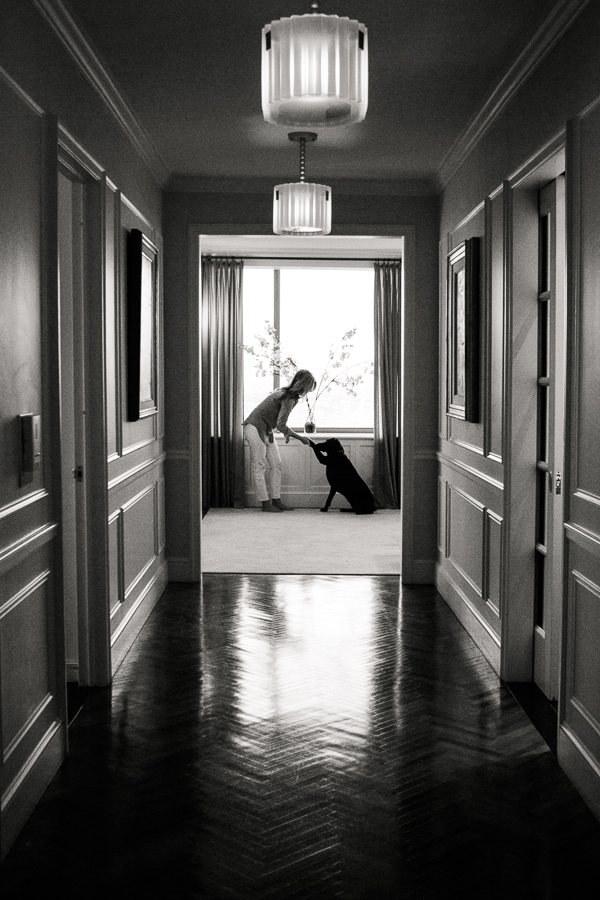The Peaceful Dog Training Philosophy
 Dog training is about deepening your relationship with your dog. All good relationships are based on trust, mutual respect, and love. Our relationship with our dogs should be no different.
Dog training is about deepening your relationship with your dog. All good relationships are based on trust, mutual respect, and love. Our relationship with our dogs should be no different.
Assessing, enriching and building upon this relationship is the keystone of The Peaceful Dog’s training program. The difference between a weak dog–parent relationship and a strong and respectful one is the difference between having a dog that looks at you and asks “Why?” when you request a behavior and one who responds quickly and happily.
The purpose of dog training is to open the lines of communication between two different species to solidify the bond between you and your dog. Dogs do not speak English; therefore, dog training is a process of pairing an action with a word.
 The Peaceful Dog founder and Director of Training Lauren Camerini believes in the philosophy of total wellness: it is important to treat the “whole dog,” not just the problem that the dog may be presenting. While basic manners training and behavior modification are the focus of her practice, every consultation includes a discussion of the dog’s overall quality of life, nutrition, exercise, and enrichment.
The Peaceful Dog founder and Director of Training Lauren Camerini believes in the philosophy of total wellness: it is important to treat the “whole dog,” not just the problem that the dog may be presenting. While basic manners training and behavior modification are the focus of her practice, every consultation includes a discussion of the dog’s overall quality of life, nutrition, exercise, and enrichment.
The Peaceful Dog takes pride in not only training your dog, but also in giving you—the dog’s real trainer—the knowledge and tools to modify problems outside of training sessions. Through clear and easy methods, The Peaceful Dog educates dog parents on how dogs learn, and on how parents can use this knowledge to elicit the behaviors they want.
A well-trained dog is a companion that can offer a lifetime of fun, love, and adventure.
The Science Behind It All
 Scientific research has played an important role in animal behavior modification by providing humans with important insights into how an animals mind develops and learns.
Scientific research has played an important role in animal behavior modification by providing humans with important insights into how an animals mind develops and learns.
Lauren’s training philosophy is deeply rooted in Learning Theory (the science of how mammals learn) and Ethology (the science of animal behavior). She has used her scientific knowledge to develop training methods that will help your dog learn to modify their behavior as quickly as possible.
Learning Theory provides the foundation for science-based dog training. One of the leading principles of Learning Theory is Operant Conditioning, a form of learning in which an individual’s behavior is modified due to the association of the behavior with a specific stimulus (consequence). There are four ways that a behavior can be modified according to operant conditioning:
- Positive Reinforcement: the addition of a positive stimulus to increase the frequency of a behavior
- Negative Reinforcement: the removal of an aversive stimulus to increase the frequency of a behavior
- Positive Punishment: the addition of an aversive stimulus to decrease the frequency of a behavior
- Negative Punishment: the removal of a positive stimulus to decrease the frequency of a behavior
Scientific research has shown that Positive Reinforcement is the most effective way to alter a behavior, resulting in lasting changes.
Lauren’s training methods are based on the principle of Positive Reinforcement to increase the frequency of your dog displaying good behaviors. By presenting your dog with something they love for performing a behavior, you will likely increase the frequency of that behavior. Conversely, removing a desirable reward for any behavior will likely decrease the frequency of that behavior.
Let’s consider a more illustrative example:
Every night at mealtime your dog jumps on you and barks while you put down his food bowl. You put down the bowl while he is jumping and barking. What does this tell your dog? You are communicating to the dog, “Good puppy, I like what you are doing, please continue to do this at every meal!” We are guessing this is not what you want to teach your puppy!
However, using the principles of learning theory, we can quickly change the dog’s behavior to be polite and calm. When your dog jumps up and barks at you, whisk the food bowl behind your back (teaching your dog that barking and jumping make the food go away). Next, request a sit from your dog and when his bottom is on the floor praise him and quickly put the bowl down (showing your dog that being calm and sitting gets the dog his meal).
Based on the principles of learning theory, the behavior of sitting for the food bowl will increase and the behaviors of jumping and barking will decrease.
Read about the Whole Dog Philosophy, or check out Lauren’s Blog for training tips based on her Training Philosophy.


